Parking kiosk is equipped with specialized hardware and software designed to streamline parking operations and enhance user convenience. The hardware typically includes a high-resolution touchscreen display for easy user interaction, integrated barcode scanners for ticket validation, and a thermal printer for issuing receipts and validating tickets. Payment systems are also embedded, supporting cash, credit/debit cards, and contactless payments like NFC. The kiosk housing is made from weather-resistant and vandal-proof materials, ensuring durability in various environments. Additionally, the kiosks are equipped with network connectivity options, including Ethernet, Wi-Fi, and cellular, for real-time data processing.
On the software side, parking kiosk runs on robust operating systems like Linux or Windows, tailored to support parking management systems. The software provides a user-friendly interface that guides users through payment and ticket validation processes. It also integrates with backend systems to manage parking space availability, track transactions, and generate reports. Security features, such as encryption and secure data transmission protocols, are implemented to protect sensitive user information. This combination of advanced hardware and reliable software ensures that parking kiosks deliver efficient, secure, and user-friendly services in parking facilities.

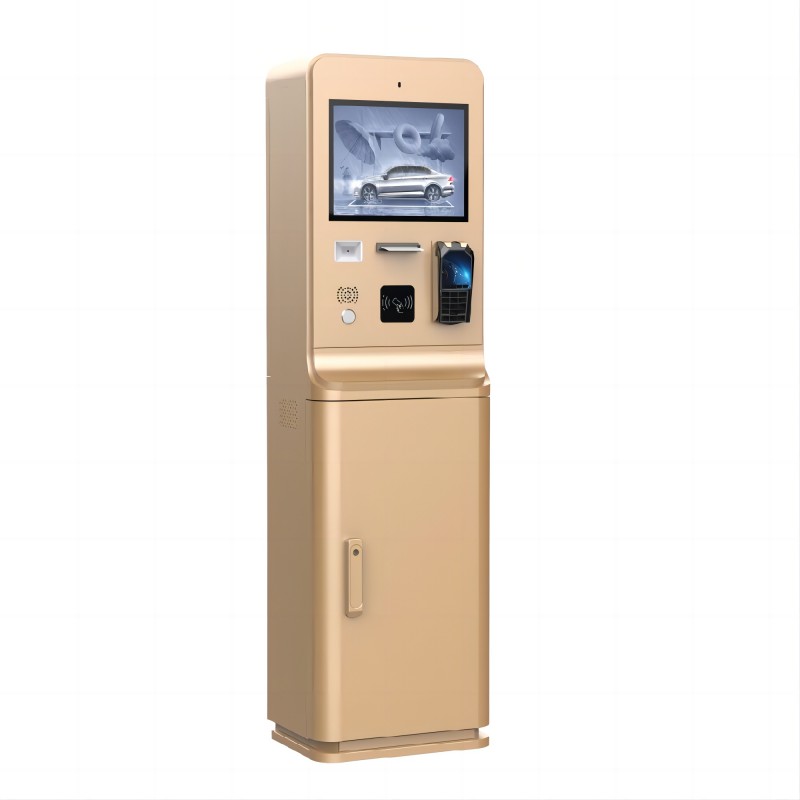

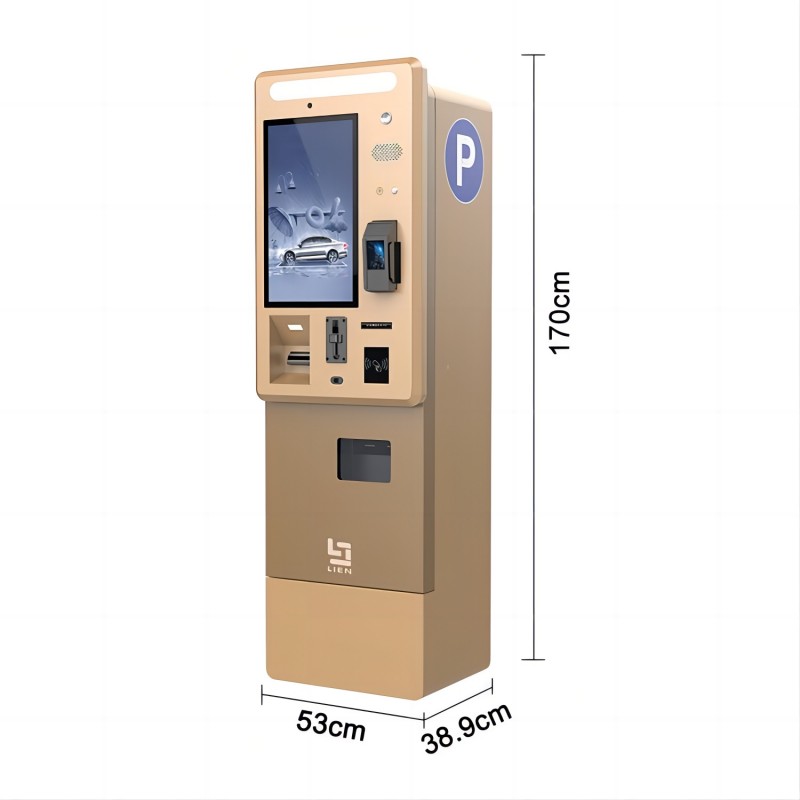

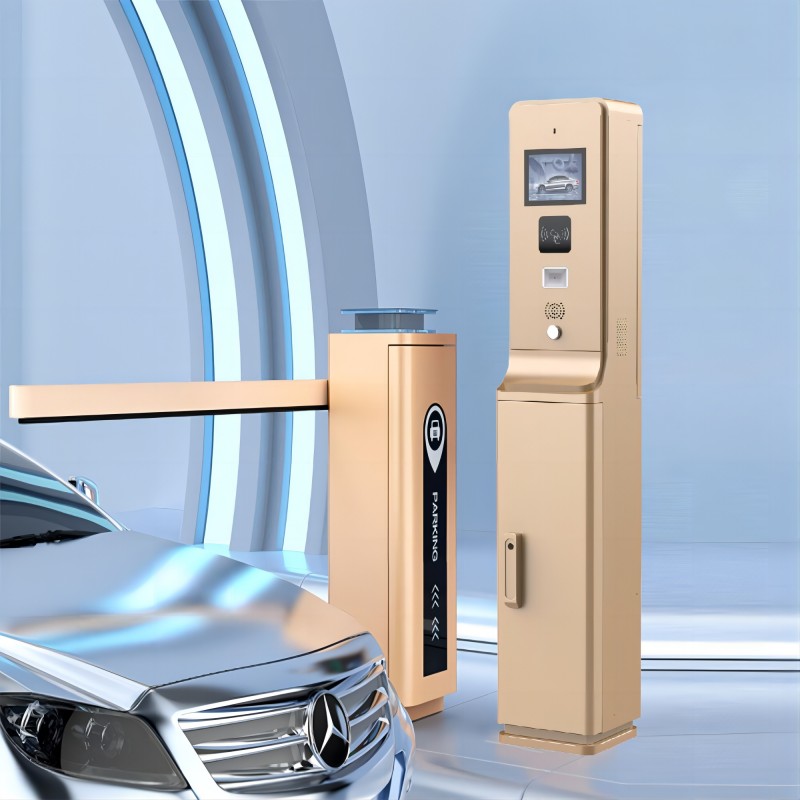
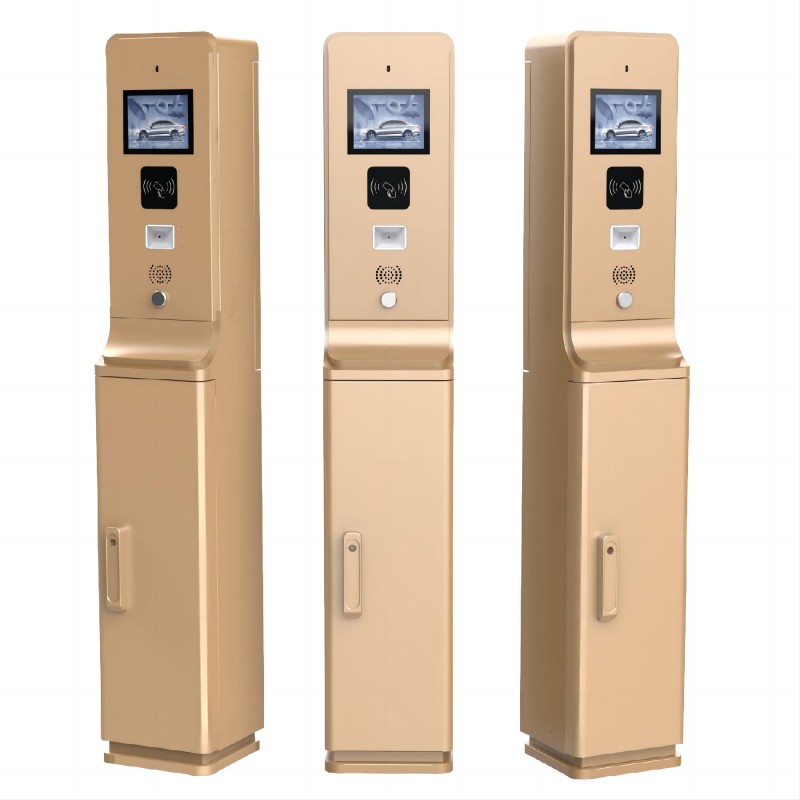
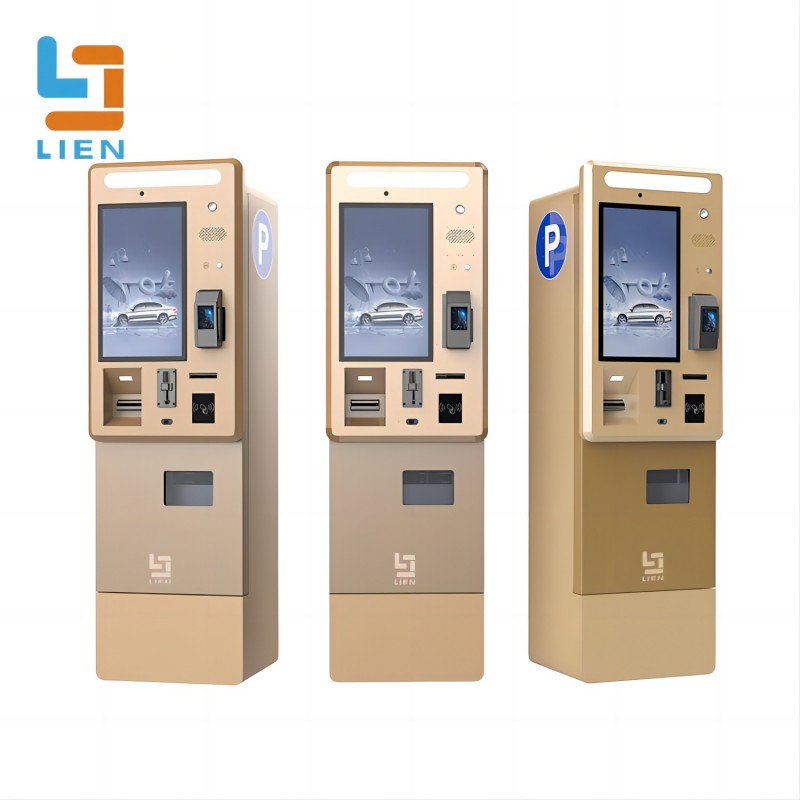
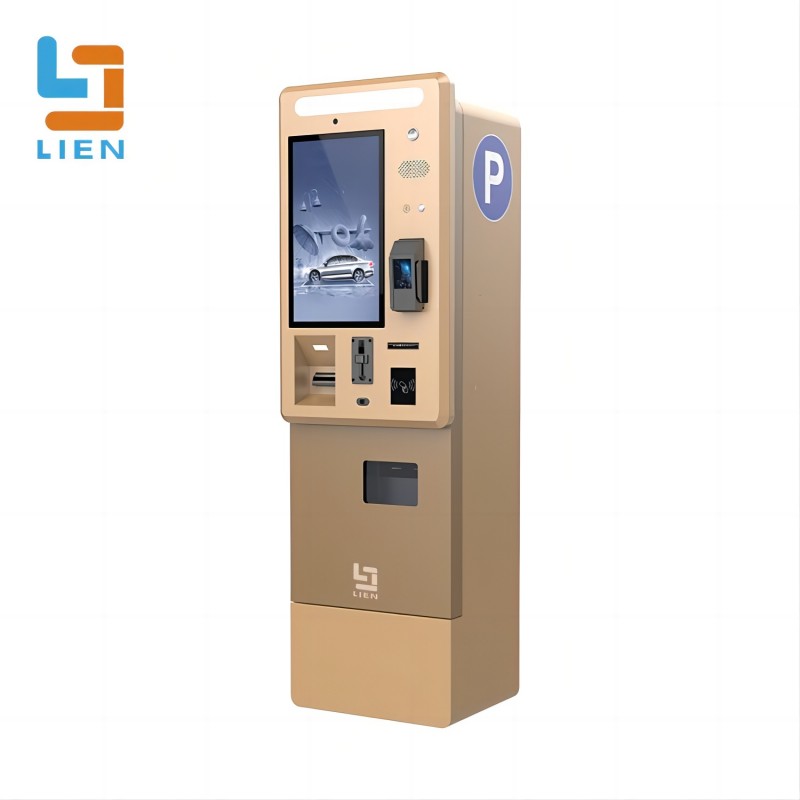
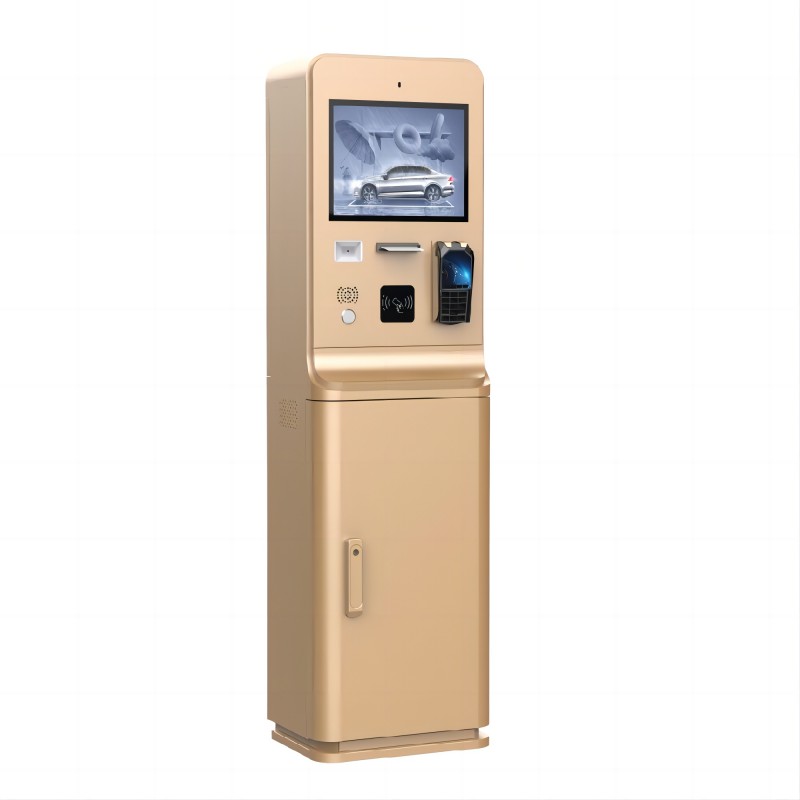
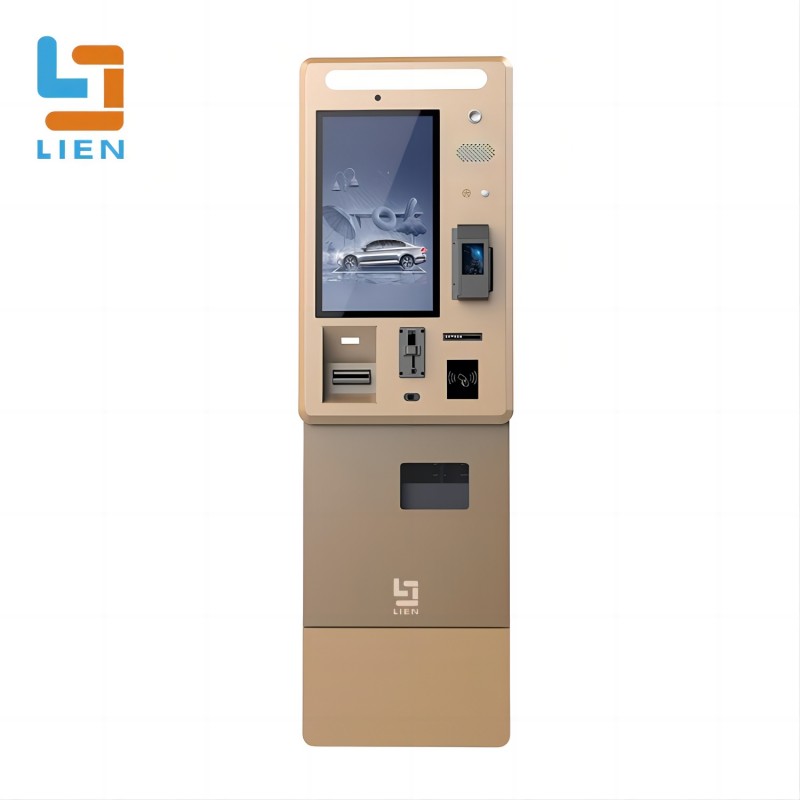
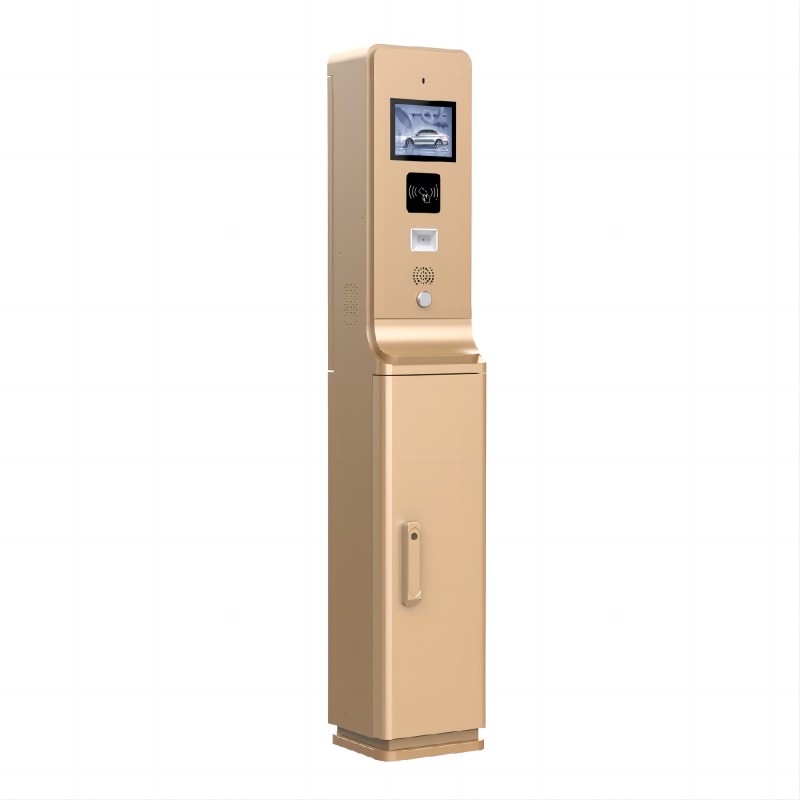
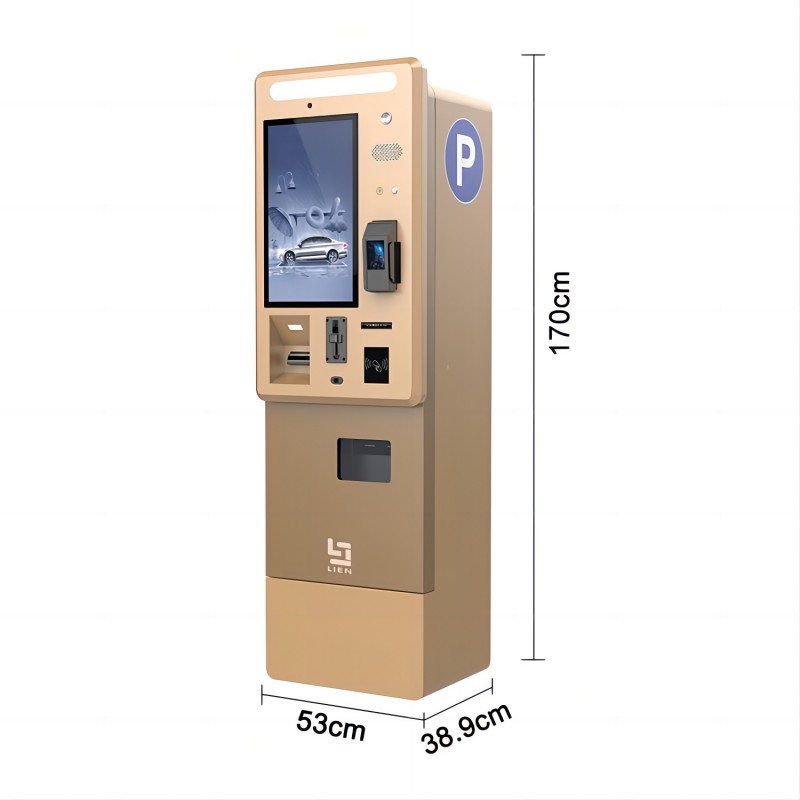
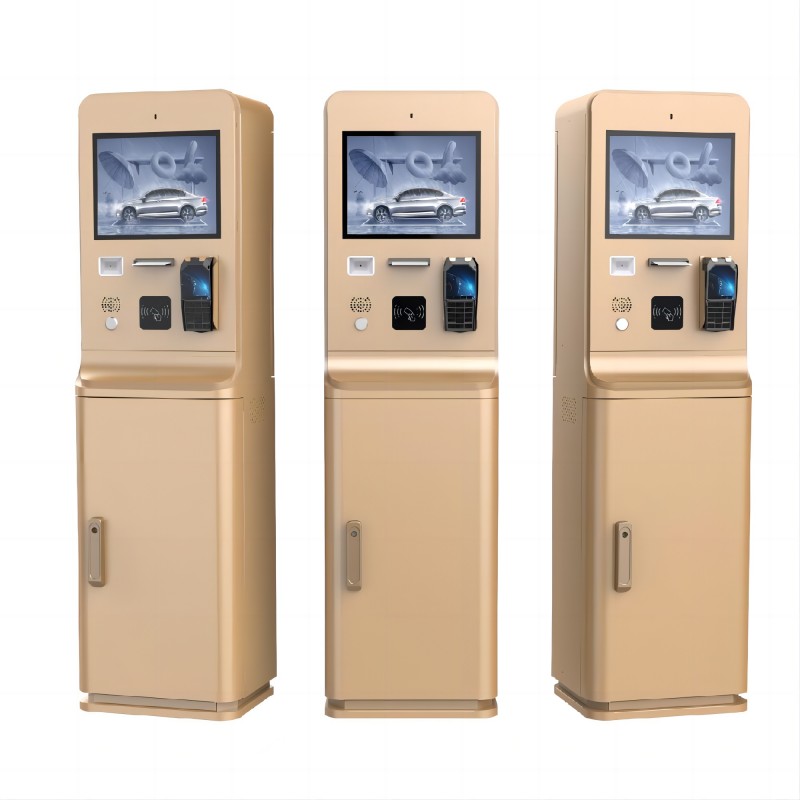
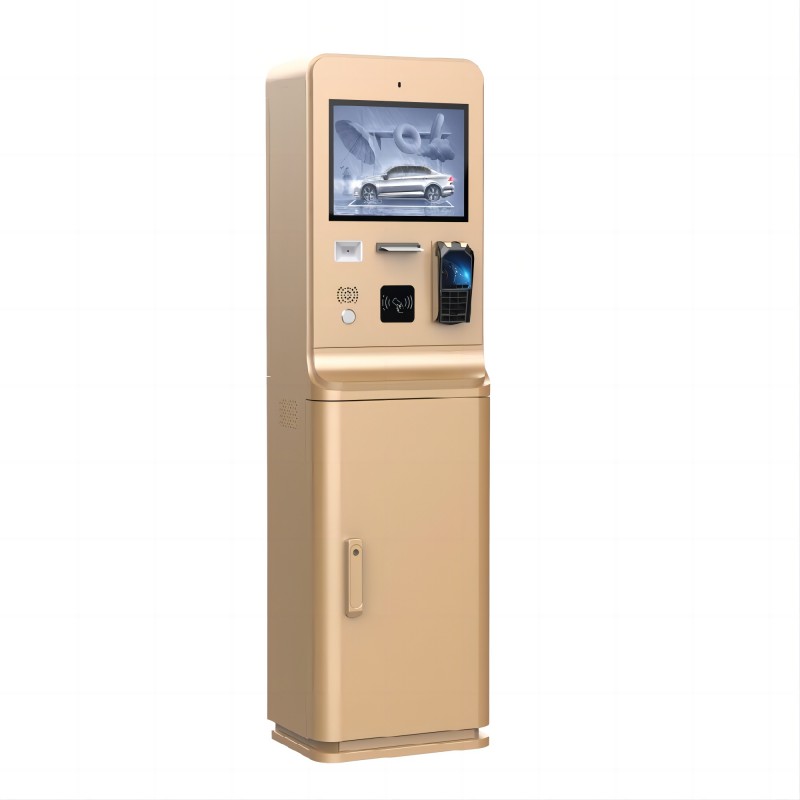
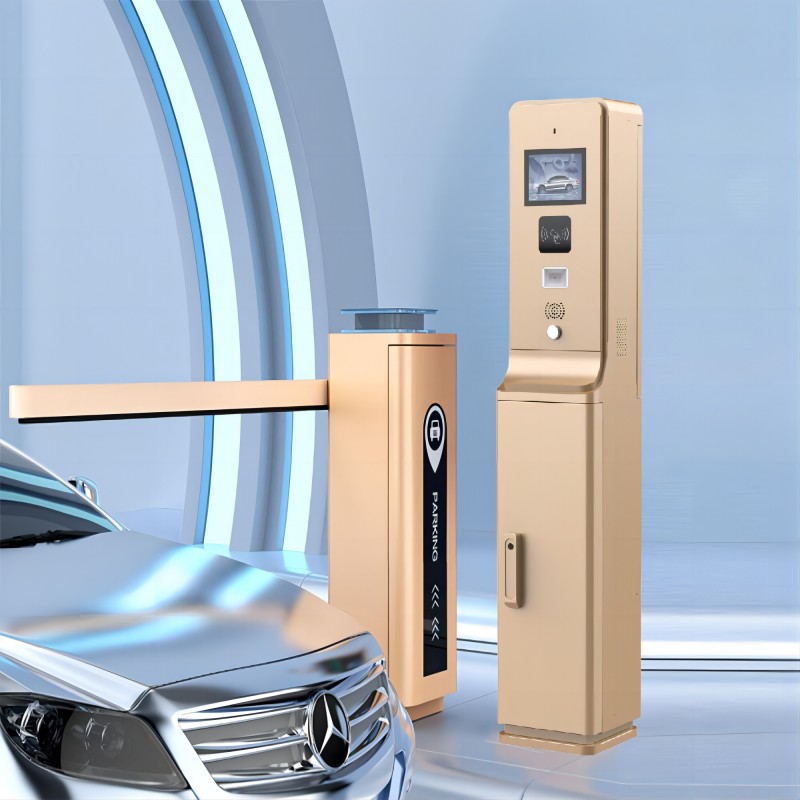
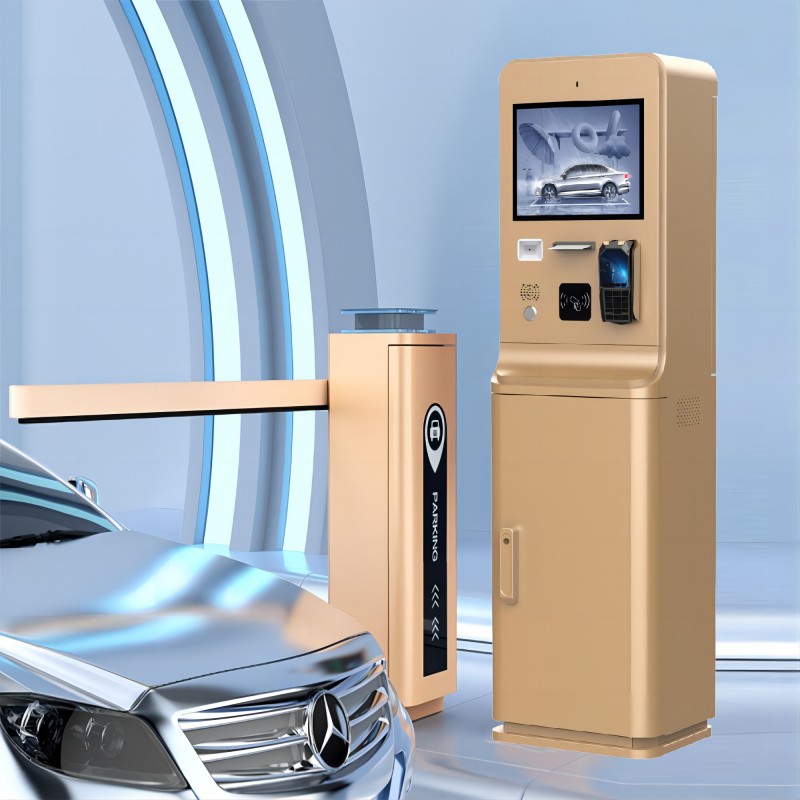
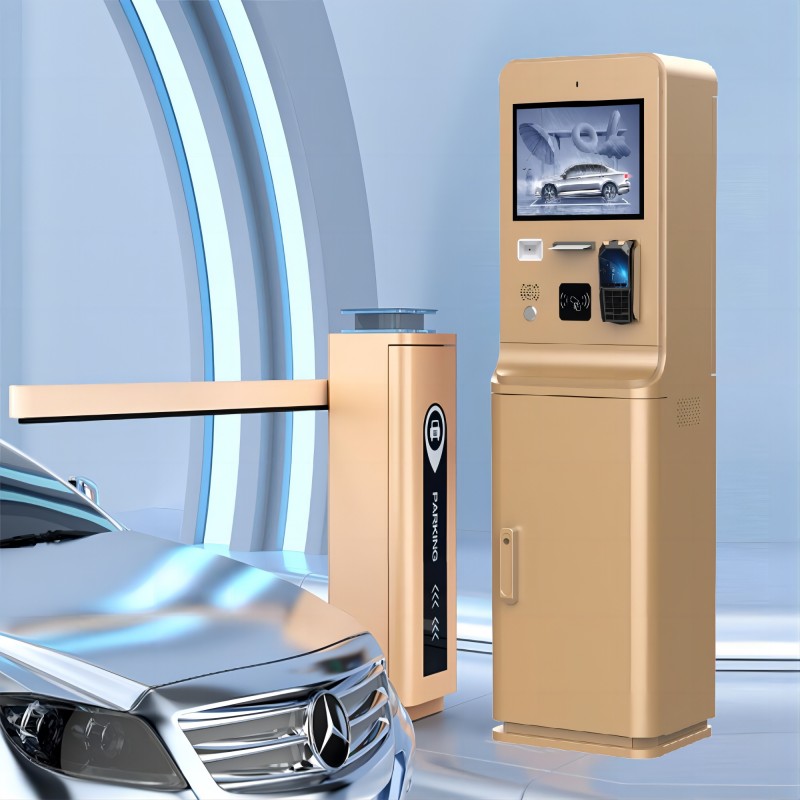
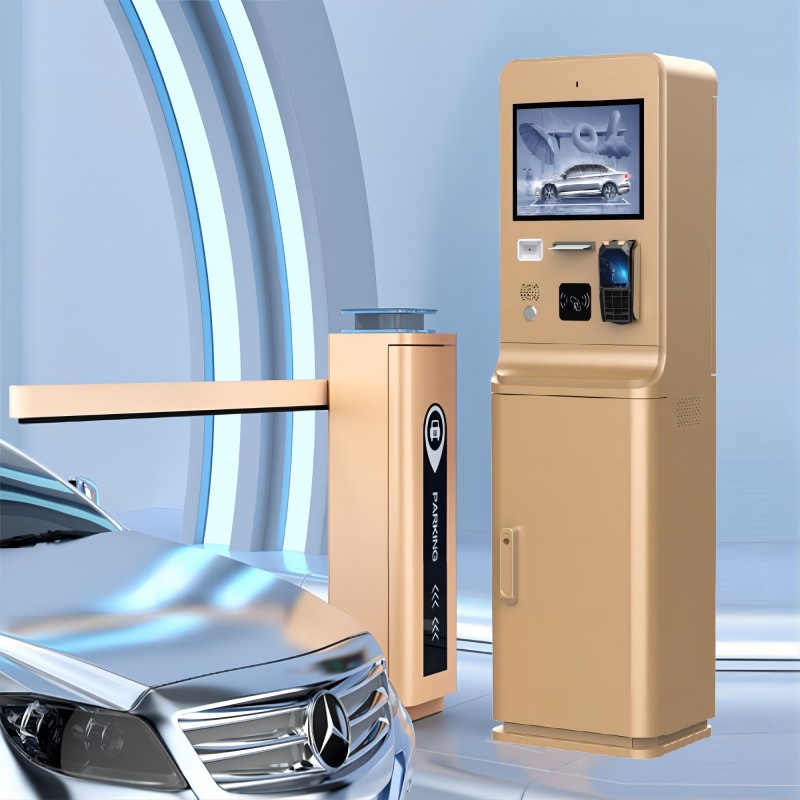
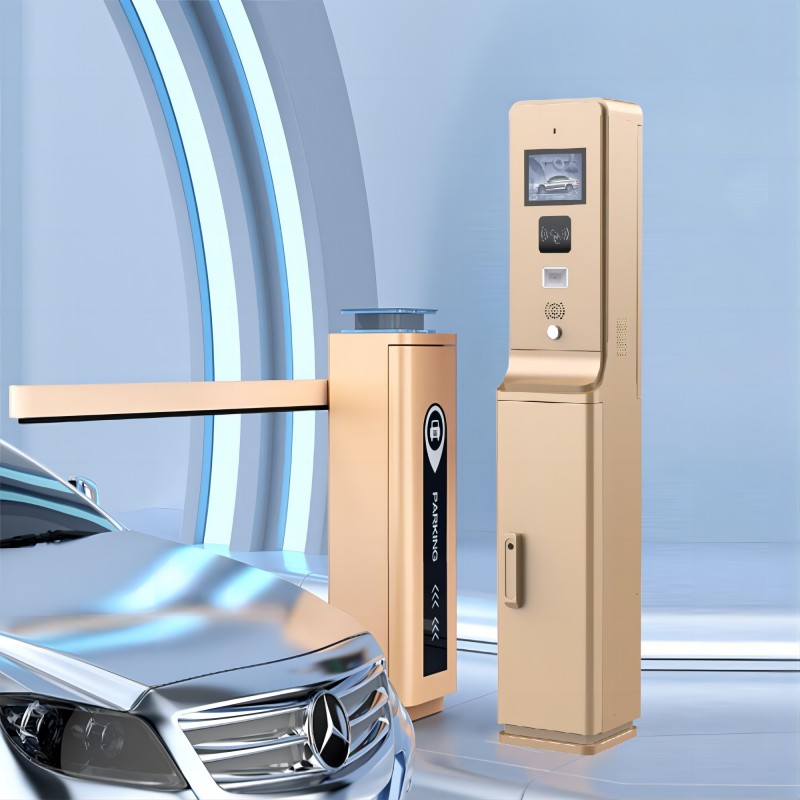
What did our happy clients say?
Thrilled with our new parking kiosk! It’s user-friendly, reliable, and integrates seamlessly with our system. Excellent service from the supplier—highly recommend!
The parking kiosk we purchased exceeded our expectations. Easy to use, robust design, and efficient payment processing. Great investment for our facility!
We are very satisfied with the parking kiosk. It has streamlined our operations and improved customer experience. The support team was fantastic. Worth every penny!
Fantastic quality and performance from our new parking kiosk. It’s durable and well-designed. The purchasing process was smooth and the installation was prompt. Highly recommend!